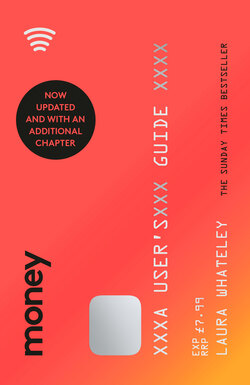Читать книгу Money: A User’s Guide - Laura Whateley - Страница 47
Variable rates, pros and cons
ОглавлениеWhen choosing a mortgage one of the biggest decisions is whether to get a variable rate, a tracker-rate mortgage or a fixed-rate mortgage.
A variable rate is fairly self-explanatory. The mortgage lender sets the price of its variable rate and may at any point raise it or lower it; variable rates will rise when the base rate rises, but banks may set them as they like. All lenders will have a ‘standard variable rate’ (SVR), which is their default product that you will revert to whenever the special deal you might sign up for, say a two-year tracker, ends.
The SVR is usually more expensive than the best mortgage deals on the market, so it pays not to sit on it for any length of time, though many people do. Recent research by mortgage broker Dynamo suggested that a third of people whose mortgage deal expired in 2017 spent forty-two days on the SVR, which cost an average of £371 more than they needed to be paying, in ‘procrastination penalty’.
A tracker rate is a variable-rate mortgage, but one that is actually pegged to the base rate. So for example you might have a tracker-rate mortgage of 1.99 per cent, which would work out at an interest rate of 2.49 per cent when the base rate is at 0.5 per cent, and rise to 2.99 per cent if the base rate rose to 1 per cent.
The cost of your mortgage rises proportionally with the base rate. You can sign up to a tracker with various different lengths: a lifetime tracker runs for the full term of your mortgage, say twenty-five years, or you could have a two-, three-, five- or ten-year tracker.
